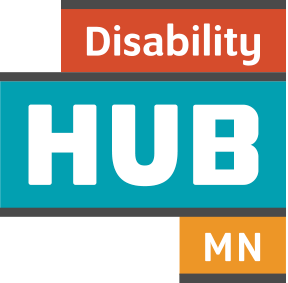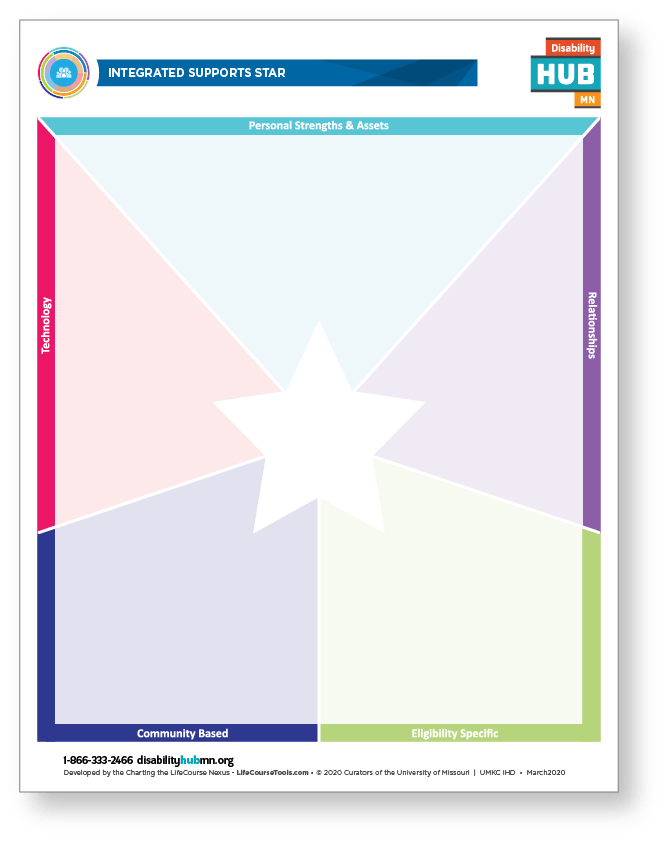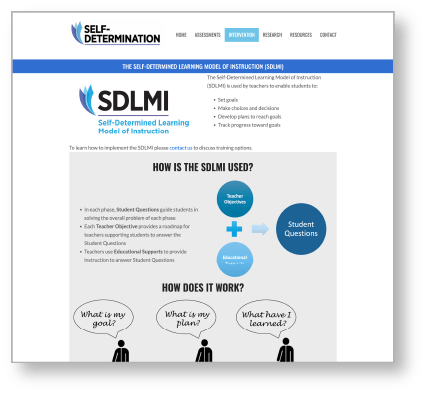Does the youth speak up for themselves and the things that are important to them?
Self-advocacy is one of the most critical skills we can help youth attain in living their best life. A strong self-advocate knows their rights and responsibilities and speaks up for those rights. Self-advocates take responsibility for the choices they make and ask for help when needed.





